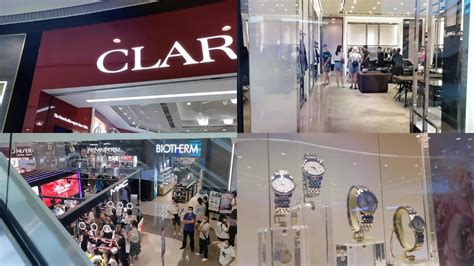奢侈品卖掉值钱吗
- 百科
- 2024-05-13
- 73
How much can luxury goods sell for?
When it comes to the world of luxury goods, the price tags can often reach astronomical figures. However, determining the exact price at which luxury items can sell involves various factors that can significantly influence their market value. Let's delve into these factors to understand how much luxury goods can sell for.
The brand behind a luxury item plays a pivotal role in determining its selling price. Established luxury brands with a rich history and a reputation for quality craftsmanship often command higher prices for their products. Brands such as Chanel, Louis Vuitton, and Rolex have built a strong legacy over the years, allowing them to price their goods at a premium.
Rarity adds value to luxury goods. Limited edition or oneofakind items are highly sought after by collectors and enthusiasts, driving up their selling prices. Exclusive collaborations between luxury brands and renowned designers or artists also contribute to the uniqueness of a product, making it more desirable and, consequently, more expensive.
The use of highquality materials and meticulous craftsmanship are hallmarks of luxury goods. Whether it's fine leather, exotic skins, precious metals, or rare gemstones, the materials used in luxury items contribute significantly to their perceived value. The skill and expertise of artisans involved in the production process also influence the selling price, as superior craftsmanship enhances the overall appeal of the product.
Innovation and cuttingedge design can set luxury items apart from their competitors and justify higher price points. Brands that consistently push the boundaries of creativity and introduce groundbreaking designs often command premium prices for their products. Iconic designs that stand the test of time can retain their value and even appreciate over the years, making them lucrative investments for collectors.
Market demand and prevailing trends can significantly impact the selling price of luxury goods. Items that are currently in high demand or align with popular fashion trends may command higher prices due to increased competition among buyers. Conversely, fluctuations in consumer preferences or economic conditions can influence the perceived value of luxury items, leading to fluctuations in their selling prices.
For individuals looking to sell luxury goods, it's essential to research the market thoroughly and understand the factors that influence pricing. Consider consulting with experts or appraisers who specialize in luxury items to get an accurate assessment of your product's value. Additionally, timing can play a crucial role in maximizing the selling price, so be mindful of market conditions and trends.

Furthermore, presenting your luxury item in pristine condition with all original packaging and documentation can enhance its perceived value and appeal to potential buyers. Finally, leveraging reputable platforms or auction houses known for dealing with luxury goods can help reach a broader audience of affluent buyers and secure competitive offers.
In conclusion, the selling price of luxury goods can vary significantly depending on factors such as brand prestige, rarity, material quality, design, demand, and market trends. By understanding these factors and following best practices for selling luxury items, individuals can maximize their returns and capitalize on the lucrative market for highend goods.
上一篇
苹果s8手表需要插卡吗
下一篇
威海服装工厂